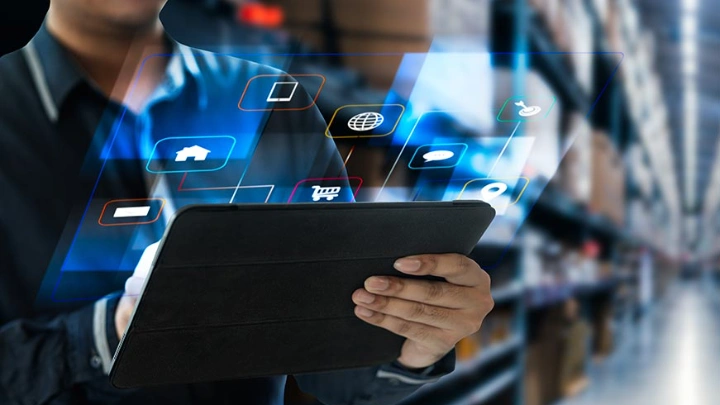The maritime industry is the lifeblood of global trade, with ships carrying over 90 percent of all merchandise trade, and the global logistics market accounting for 8-12 percent of global gross domestic product (GDP). The smooth functioning of maritime trade and supply chain logistics is integral to economic development and critical to food security and the distribution of essential supplies. In fact, the COVID-19 pandemic has demonstrated that disruptions in maritime logistics can significantly impact supply chains, prices, economic growth, employment, and trade costs. Therefore, adopting digital technologies has become imperative to enhance the resilience and competitiveness of the maritime supply chain. At the heart of the digital transformation is the rapid advancement and integration of various technologies that are reshaping the industry's operations, logistics, communication, asset management, safety, security, and environmental sustainability. However, this growing digital integration also introduces new challenges such as cyberattacks targeting ports and maritime operations, presenting tangible risks to critical infrastructure. As such, the industry must simultaneously pursue digital innovation while implementing robust cybersecurity measures and ensuring workforce readiness through institutional support for the successful implementation of digital technologies.
The smooth functioning of maritime trade and supply chain logistics is integral to economic development and critical to food security and the distribution of essential supplies.
Key technologies shaping the maritime sector
Digital technologies and data-driven solutions are transforming the maritime sector. This shift towards digitalisation aims to enhance efficiency, improve decision-making, and optimise overall performance across various aspects of the industry.
The industry's core function is the efficient global movement of goods and materials. To streamline these processes, the sector has developed and deployed a range of innovative port operations and logistics technologies. For example, autonomous ships and unmanned surface vehicles (USVs) equipped with Artificial Intelligence (AI)-driven algorithms, sensors, and remote-control systems enable navigation with minimal human intervention and enhance operational flexibility. For instance, in Singapore’s PSA International Tuas Port, electrified automated yard cranes and autonomous guided vehicles (AGVs) handle the movement of containers between the yard and the wharf, managed remotely from the centralised Tuas Port control centre.




